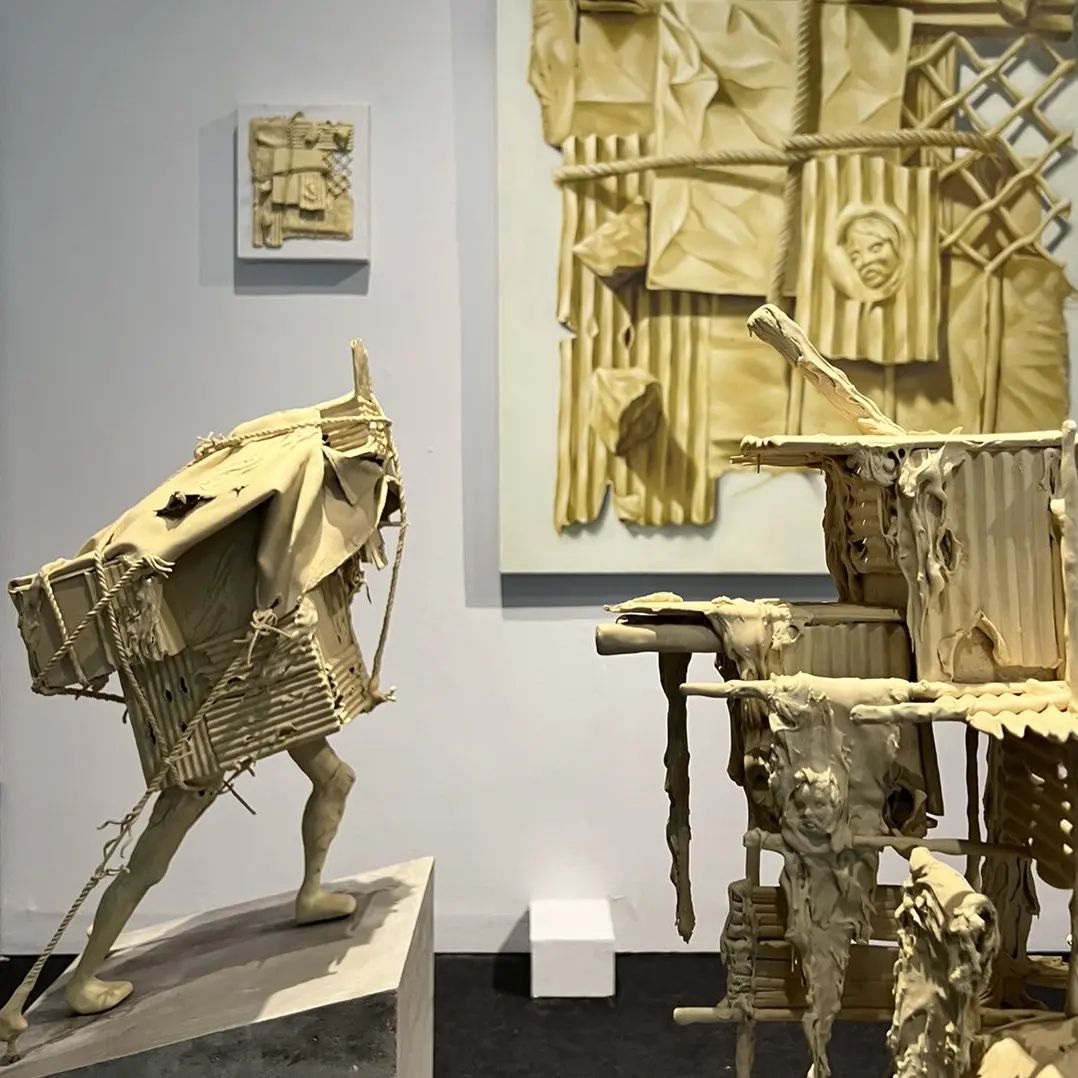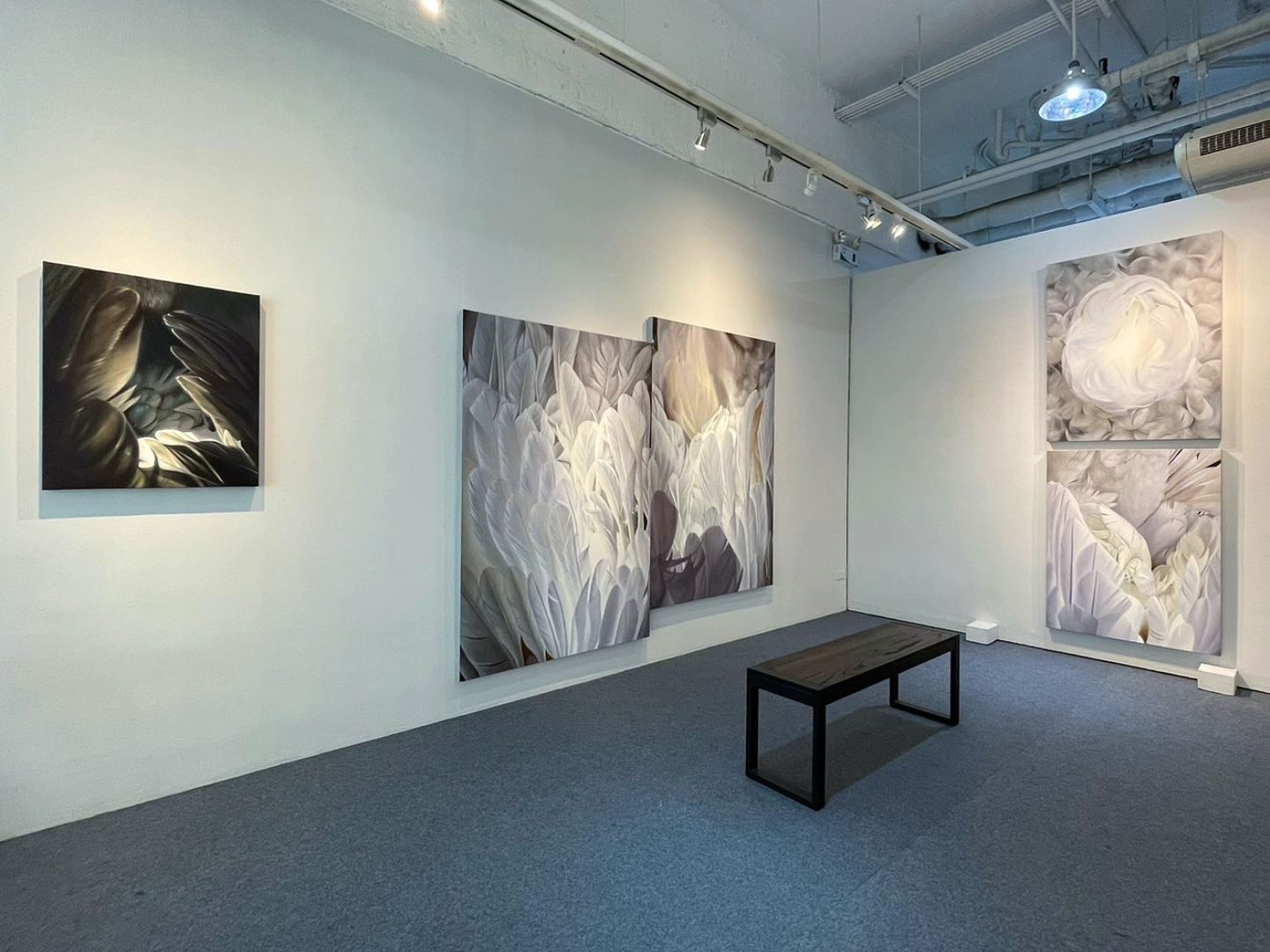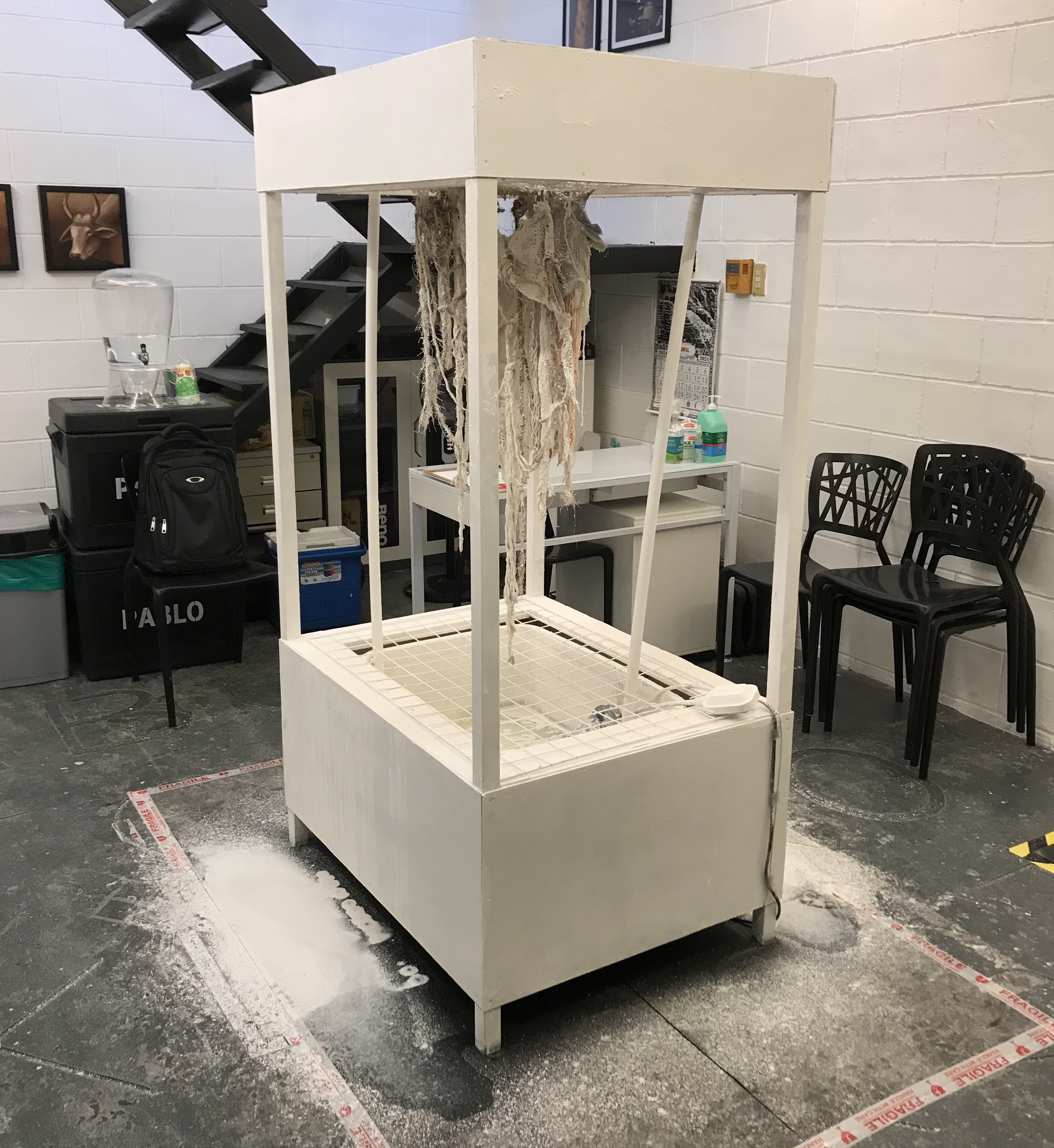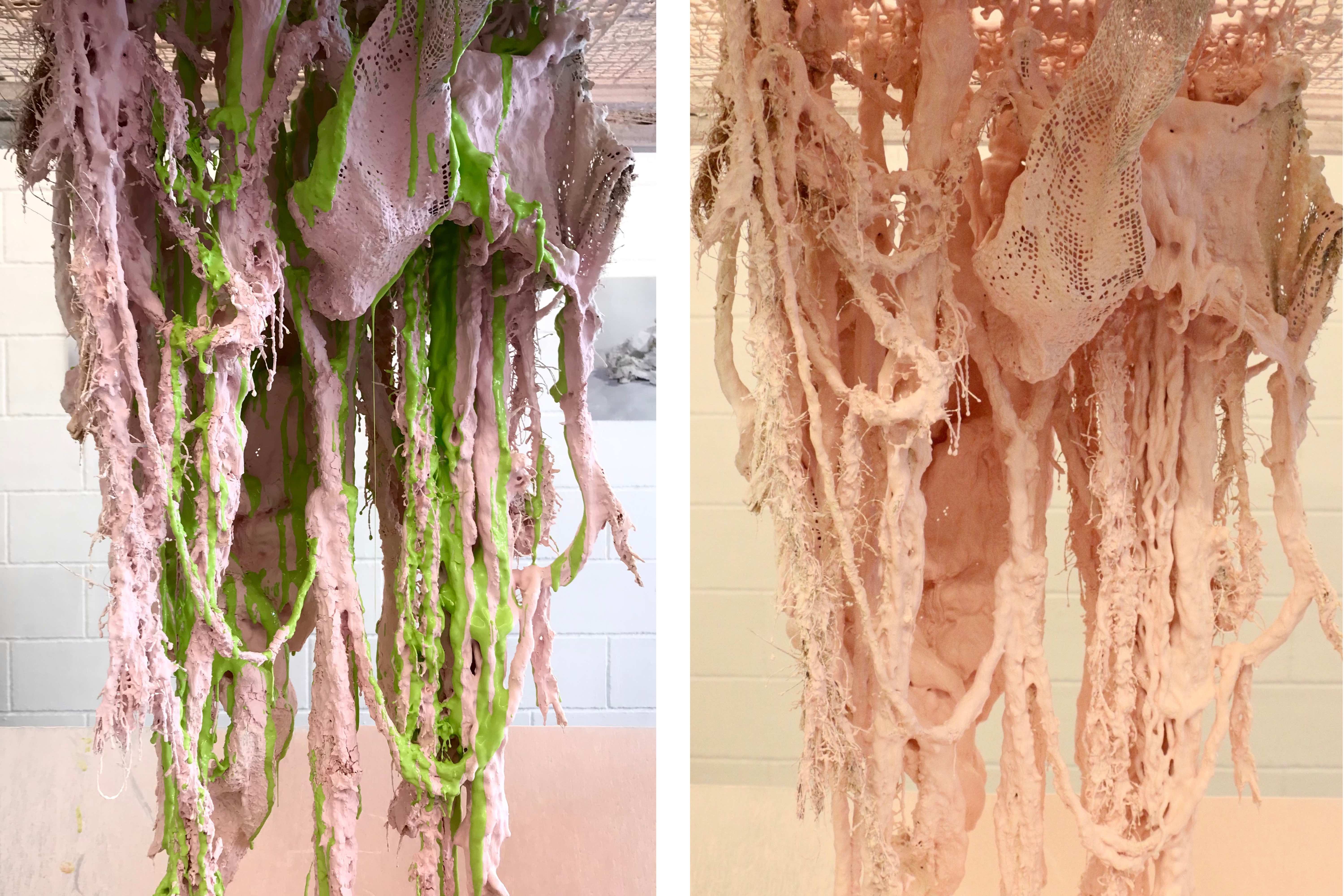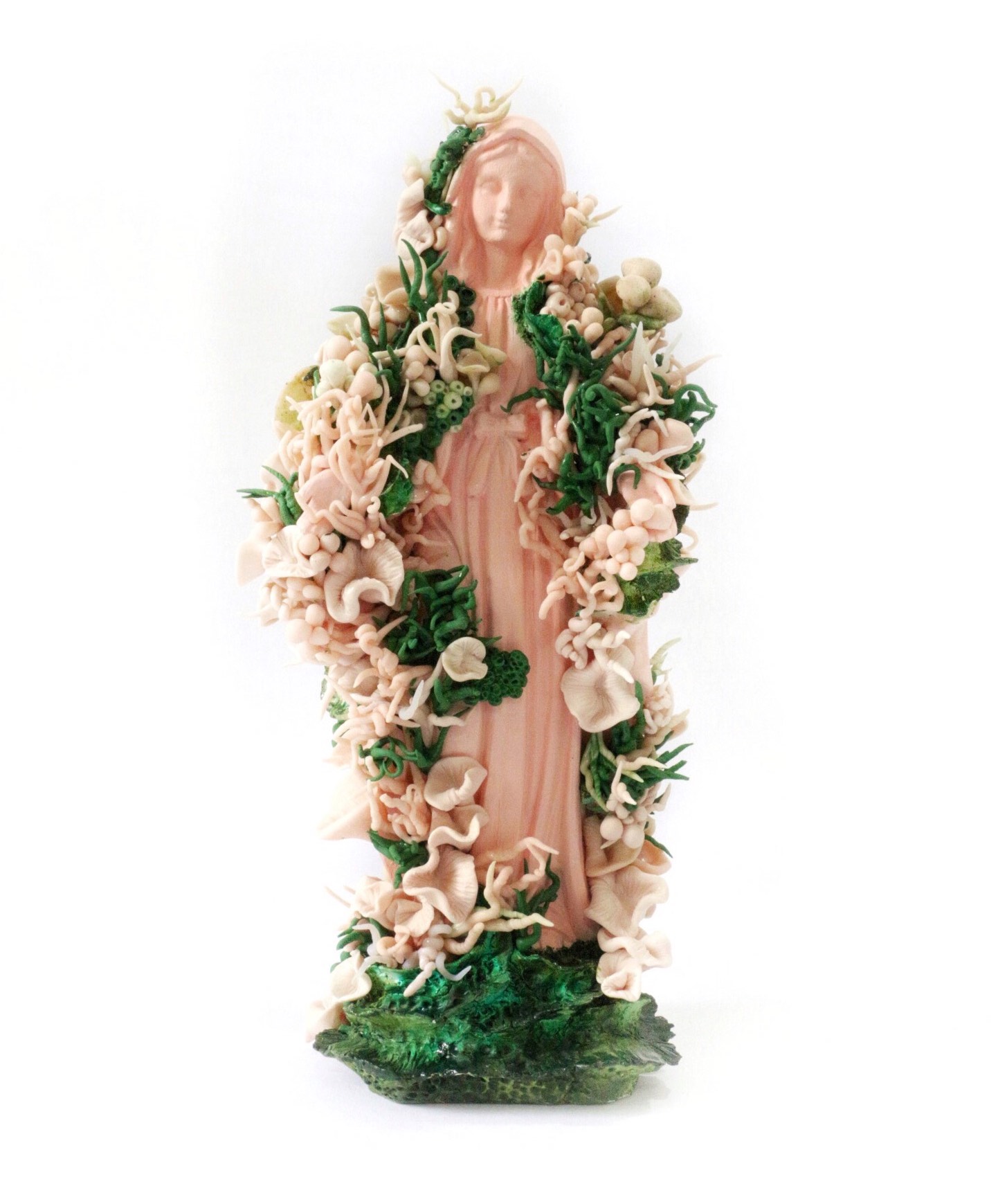Since 2019, non-profit organization Fundacion Sansó has been rolling out various initiatives in support of the art community. These efforts have ranged from legacy-enhancing projects in collaboration with the estates of national artists, to production and travel assistance for practicing artists in the country.
Yet arguably the most far-reaching is the institution’s educational grants program, which has provided various forms of support to students from several universities in the Philippines. The program formalizes Juvenal Sansó’s vision to help budding artists; during the post-war years in Paris, the Spanish painter himself went through financial constraints. The program stands as his means to pay it forward to the community
Currently, Fundacion Sansó’s educational grants come in the form of monthly stipends or one-time endowments for thesis and other art production purposes. These are channeled through the institution's partner universities, namely the Bulacan State University (BSU) and the Far Eastern University (FEU), with the University of the Philippines Diliman expected to join in the coming years.
To date, the program has assisted over 30 students, with many of them already graduates and navigating the scene as practicing artists. Among them are Justin Angelo Vital and Ma. Justina Redillas—two young artists from BSU and FEU, respectively.
Following the recent launch of Art Haul 2024 and Art Haul 2024: RECIPROCITY, Cartellino and Fundacion Sansó’s annual showcases of artworks in support of the latter institution’s grants initiatives, Vital and Redillas look back on their time as scholars of the program and reflect on how these youth-oriented initiatives help shape a young artist’s practice in the Philippines.
Justin Angelo Vital
A recent graduate from the BSU in 2021, Justin Vital began his practice as a sculptor with non-sag epoxy as his primary medium. Coincidentally using an adhesive widely intended for various structural and engineering purposes, his sculptural studies touch on spatio-political concerns such as migration, informal settlements, and housing crises.His first solo exhibition, Pansamantagal (Ysobel Art Gallery, April 2022), was an homage to the temporary dwellings that housed his studio and family post-Typhoon Ulysses in 2020. Hand-sculpted impressions of materials for makeshift homes, such as iron sheets, scrap tires, and scaffold planks, mirrored the unintended permanence of these temporary structures. The show expanded his winning entry to the 52nd National Students Art Competition, where he landed first place in the sculpture category.
From his first medium, the recent years have seen Vital also branching out to painting. The majority of his painterly subjects, as seen in his latest solo exhibition IF BROKEN BY A FORCE WITHIN (Ysobel Art Gallery, August 2024), are social commentaries on sabong (cockfighting). The artist evidently departs from the rigidness of his sculptural forms and interests, zooming in to feathers and other textural explorations of domestic fowls. Tracing the animals’ relevance to Filipino culture, he maintains a faithfulness to his inquiries on working class lifeways.
Before we saw Vital’s name across exhibitions and galleries, he was a working student—juggling his day job and academics as a Visual Communication major at BSU. Here was where Fundacion Sansó’s grants program proved helpful for the young artist, who would use the stipend to purchase art materials for schoolworks (e.g. thesis) and competitions.
Vital also notes how the program supported him beyond finances, recalling how Fundacion Sansó’s staff lent him practical advice on how to navigate the art scene. For Vital, it’s the tacit rules of the field—like how to work professionally with galleries and institutions—that make the scene more challenging for emerging artists. And it’s partly thanks to these initiatives that young creatives can venture into their careers with guidance.
Ma. Justina Redillas
While Vital was a recipient of the institution’s monthly stipend program, Ma. Justina Redillas was a grantee of the FEU Best Thesis award. In an agreement with Fundacion Sansó, outstanding thesis projects by students of the university may receive financial support to aid them in their professional art careers.
Redillas’s thesis project, Cavern Vision: Perception of Form Over Time, won second place in her institute. Here, she took off from Plato’s Allegory of the Cave and David Medalla’s Cloud Canyons to mount an installation that framed reality in constant flux. Redillas executed this through a rope, yarn, and mesh assemblage that was progressively drenched in cement and latex paint—a contraption that she conceived to be a “perpetual metamorphosis of form, materials, and space.”
Cavern Vision’s concern with the fluidity of reality draws from Redillas’s interest in the relationship between objects and perception. In exploring this, she tends towards installative and sculptural works, owing perhaps to the tactility and physicality of these formats. In 2022, she was a national finalist of the Metrobank Art and Design Excellence sculpture category.
Cavern Vision’s concern with the fluidity of reality draws from Redillas’s long-standing interest in the relationship between objects and perception. In exploring this, she tends towards installative and sculptural works, owing perhaps to the tactility and physicality of these formats. In 2022, she was a national finalist of the Metrobank Art and Design Excellence sculpture category.
Redillas completed her degree earlier this year and is currently preparing for her forthcoming first solo exhibition. Currently in the emergent stages of her career, she views art-making as a continuous process of self-discovery and growth. At this point in her practice, experimentation is thus key for Redillas. There’s little wonder that her sculptural practice evades a singular medium; while polymer clay has been her steady material, she has also recently taken an interest in ceramics.
As such, part of the grant that she received from Fundacion Sansó went to her enrollment in a ceramics workshop class at the University of the Philippines Diliman. It was an opportunity that she considers crucial amid a scene that calls for constant learning and establishing oneself as an artist.
Thus, for Redillas, the significance of these grants extends beyond the monetary. Reflecting on her time as a recipient, she shares:
Scholars to artists
A couple of years (or months) since Vital and Redillas finished their undergraduate studies, it is only the beginning of their forays in the art scene. Though complex, confusing, and at times thorny, the journey is arguably made easier with support not only from their family, friends, and mentors, but from initiatives that provide tangible assistance as well.
As Redillas counsels her fellow young artists: “Don’t be afraid of failure. Experiment, explore, and simply keep working. The more we work on our craft, the more we discover ourselves, continue to grow, and evolve.”
This article was written partly in support of Fundacion Sansó’s educational grants program and the Art Haul releases.
Support the grants program and the country’s new generation of artists by purchasing works from Art Haul 2024 and Art Haul 2024: RECIPROCITY.

